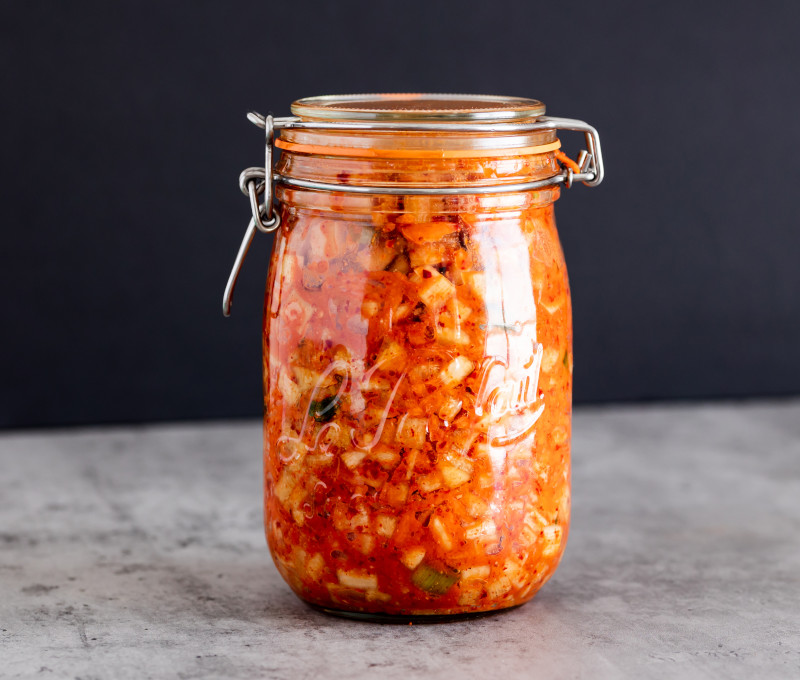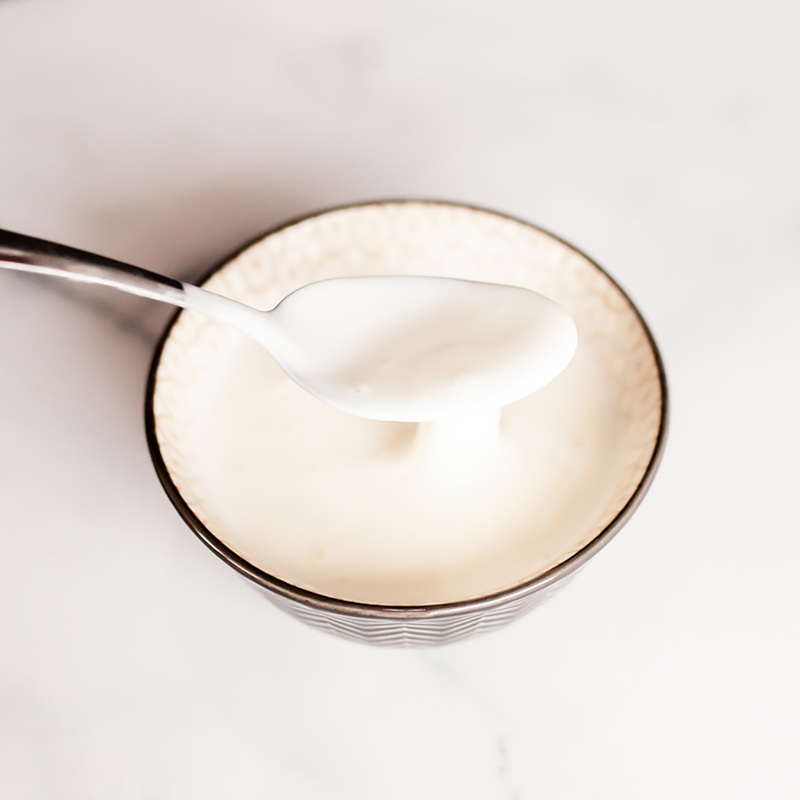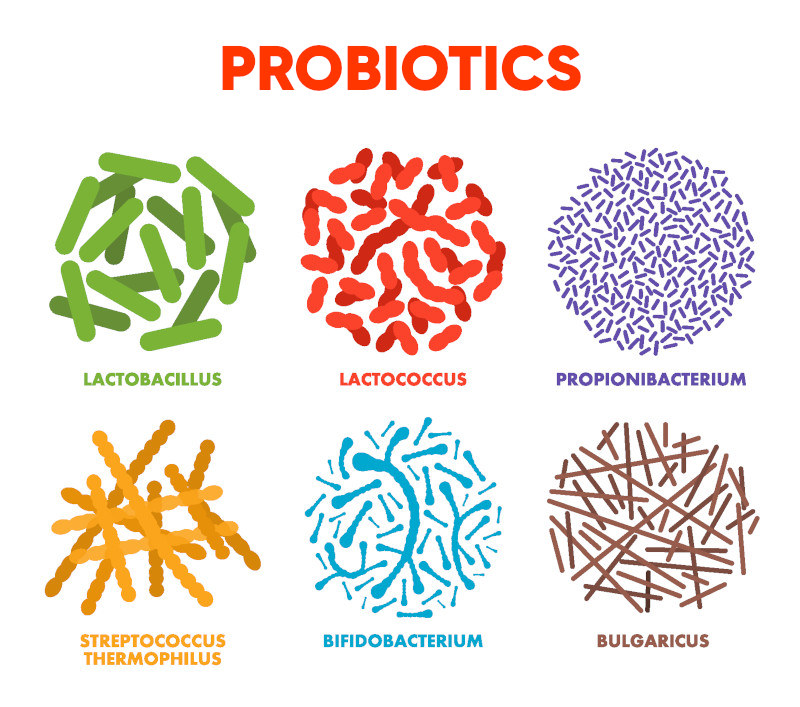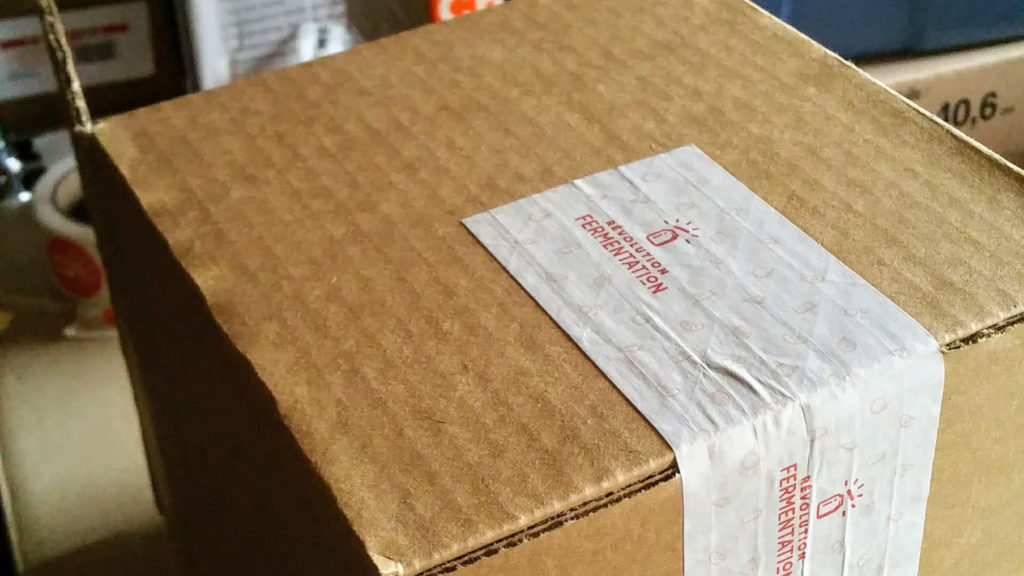You want to use lactic acid starter culture, but you would like to better understand what they are, how to use them, and where to find them? We explain it to you in a simple way in this article.
A lactic acid starter culture, also known as lactic acid bacteria, is a living microorganism that produces lactic acid by consuming sugar in food.
Lactic acid bacteria are used in the production of many foods and beverages: yogurt, cheese, kefir, kimchi, miso, some charcuterie, etc.
Lactic acid starter cultures are also used as probiotic food supplements to help maintain a healthy gut microbiome. They can therefore provide several health benefits by helping to digest food, boosting the immune system, improving digestive health, and regulating the gut flora.
This article will demystify what lactic acid starter cultures are, their roles in cooking and eating, and how to successfully use them in your recipes.
What Are Lactic Acid Bacteria?
Lactic acid bacteria are microorganisms that are naturally found in the environment.
There are hundreds of varieties of lactic acid bacteria! What they have in common is their ability to consume sugar to produce lactic acid.
Lactic acid bacteria have been used for thousands of years to process all kinds of foods through fermentation. For example, lactic acid bacteria are responsible for turning cabbage into sauerkraut, but also milk into yogurt, kefir, cheese, etc.
In our bodies, lactic acid bacteria are present in the intestinal microbiota to help digest food and to assist our immune system. Several strains of lactic acid bacteria are considered “probiotics”.
Note: the word “lactic” refers to the lactic acid that is created during fermentation. Lactic acid bacteria are lactose-free and have no direct link to milk.
What Are Lactic Acid Starter Cultures?
Lactic acid starter cultures (also known as lactic cultures) are bacteria used to process food by fermentation.
“Lactic acid starter cultures” is the name given to the ingredient used to carry out lactic acid fermentation, i.e., to convert sugar into lactic acid.
There are over 200 strains of lactic acid bacteria. Only those that are useful for processing food can be considered “lactic acid starter culture”.
For example, to turn milk into yogurt, you need lactic acid bacteria that contain at least two types of bacteria: lactobacillus bulgaricus and streptococcus thermophilus. These bacteria, under the right conditions, will transform milk into a tangy and creamy product.
If you use other types of lactic acid bacteria to ferment your milk, you will not get yogurt, but another type of fermented milk. If the mixture of bacteria has never been created before, you can give it a name of your choice…
For example, the bacteria that make Scandinavian yogurt “viili” create a yogurt that is less acidic and more stringy than traditional yogurt. The viili culture contains mainly the following bacteria: Lactococcus lactis subsp. Cremoris, Lactococcus lactis subsp. biovar lactis. diacetylactis and Leuconostoc mesenteroides subsp. Cremoris.
The choice of ferment is made according to the desired results.
Lactic acid starter cultures may contain several or only one kind of lactic acid bacteria. Some ferments may also contain yeast, enzymes, and other types of bacteria to carry out the fermentation.

What Are Lactic Ferments Used For?
There are three ways of using lactic acid starter cultures:
- to ferment milk
- to ferment vegetables
- to ferment meat
In each case, bacteria are used to produce lactic acid fermentation.
A fourth way of using lactic acid bacteria is as a food supplement (as probiotics).
Lactic Acid Bacteria for Cheese, Yogurt, and Fermented Milk
Lactic acid bacteria are used to transform milk into all kinds of delicious products.
Lactic acid bacteria consume the lactose in the milk and create lactic acid. Depending on the amount of acid produced and several other factors, the milk can curdle (for cheese) or solidify into a gel (for yogurt).
Depending on the type of bacteria used, the results can be very different from one another!

There are different lactic acid starter cultures for:
- Yogurt
- Greek yogurt
- Viili
- Matsoni
- Quark
- Skyr
- Milk kefir
- And all kinds of cheese…
It should be noted that rennet, which is used in the fermentation of cheese, is not a lactic acid starter culture. Rennet is a mixture of enzymes that curdles milk. However, rennet does not contain living microorganisms and does not produce lactic acid.
Lactic Ferments for Lacto-Fermentations (Sauerkraut, Kimchi, Etc.)
When we talk about lacto-fermentation, we often speak of vegetable fermentation. Sauerkraut, kimchi, and pickles all use lactic acid bacteria in their fermentation.
Most lacto-fermentation recipes use wild bacteria, which are naturally found in vegetables.
However, in some situations, the vegetables do not contain enough microorganisms to start the fermentation. This is particularly true for cooked, frozen, or smoked vegetables. In this case, it is preferable to use vegetable starter cultures, which ensure a good fermentation.
The most common microorganisms used for vegetable fermentation are lactic acid bacteria such as Lactobacillus and Leuconostoc. These bacteria produce lactic acid, which contributes to the preservation of vegetables and gives them their characteristic sour taste.
Many producers of fermented vegetables (both private and professional) use lactic acid bacteria to ensure the success of their recipes and to obtain similar results every time.
Lactic Acid Bacteria for Meat Products (Charcuterie, Etc.)
Lactic acid starter cultures are used in the preparation of charcuterie, such as sausage, salami, cured ham, etc. Not all charcuterie products use fermentation in their production.
Lactic acid bacteria are used to protect charcuterie from pathogens and contamination.
Lactic acid bacteria commonly used to prepare charcuterie are Lactobacillus sakei, Lactobacillus curvatus, Staphylococcus carnosus, and Staphylococcus xylosus.

As Food Supplements
Lactic acid starter cultures are increasingly used as food supplements, as probiotics. Instead of being used to process food, they are consumed directly.
Beware, not all lactic acid starter cultures are probiotics! To qualify as a probiotic, a microorganism must:
- be present in sufficient quantity,
- resist passing through the intestine,
- have proven beneficial effects on the body.

As the term “probiotic” is often regulated, many food supplement producers prefer to use the name “lactic acid bacteria” to designate a group of lactic acid bacteria beneficial to health. Without having to certify all the bacteria used as “probiotics”, food supplement producers can avoid the costs and delays associated with certification. This does not mean that these food supplements are not valuable! Lactic acid bacteria are increasingly being studied for their benefits.
Several varieties of lactic acid bacteria can be found in pharmacies and health food stores.
What Are the Benefits of Lactic Acid Bacteria?
Lactic acid bacteria have several health benefits when used to ferment food.
Lactic acid bacteria facilitate food digestion. For example, lactic acid bacteria digest the lactose in yogurt and cheese, making them more digestible for people with lactose intolerance.
Lactic acid bacteria create living foods full of good microorganisms. Eating fermented, living foods can have a positive effect on the immune system and overall health. (ref)
In fact, many lactic acid bacteria can survive digestion and become part of our microbiota in protecting our bodies. (ref) Lactic acid bacteria are being studied for their effects on reducing inflammation, diabetes, and even cancer. (ref)
Where to Find Lactic Acid Bacteria?
Lactic acid bacteria are becoming increasingly easy to find!
Depending on the type of ferment you are looking for, you can find it in these places:
- health food stores
- pharmacies
- stores specialized in fermentation products
Lactic acid starter cultures for milk
- Milk kefir grains
- Matsoni culture (Caspian yogurt)
- Viili culture (Scandinavian yogurt)
- Original yogurt culture (Yogourmet)
- Kefir culture (Yogourmet)
- Yogurt culture with probiotics (Yogourmet)
- Yogurt culture without milk (Vegan)
- L. Reuteri starter culture

